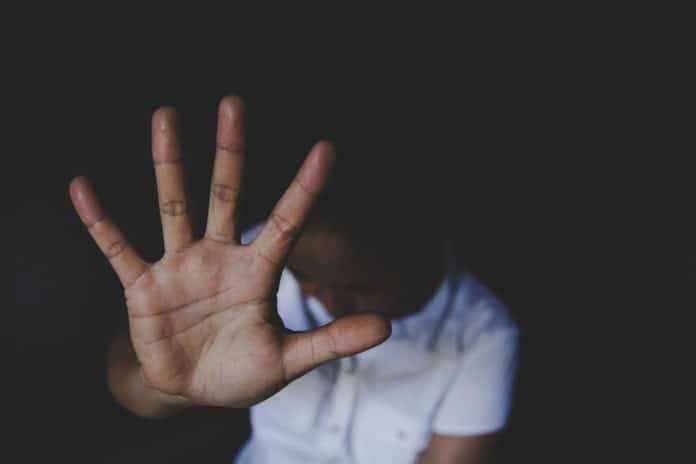Sextortion is a form of extortion related to sex-related crimes. It is a serious crime that occurs when someone threatens to distribute your private and sensitive material like images of a sexual nature, sexual favors, or money.
A new study reported a rise in cases of sextortion during the pandemic. The surprising fact is men were twice as likely as women to fall victim to online extortionists. Young people, Black and Native American women, and LGBTQ individuals also reported a high risk of this cyber-enabled crime.
For the study, scientists surveyed more than 2,000 adults in the U.S. They assessed participants’ experience with pre-COVID in-person intimate partner violence (IPV) victimization and sextortion victimization during the pandemic. The aim was to understand the relationship between these phenomena better.
Scientists said, “Since the start of the pandemic, non-profit organizations, government institutions, and legal professionals in the U.S. have also reported a substantial increase in technology-facilitated sexual violence.”
When scientists asked participants if they had ever been the victim of sextortion, four and a half percent of men and 2.3 percent of women said they’d experienced sextortion since the start of the pandemic.
Researcher Dr. Asia Eaton, an Associate Professor of Psychology at FIU and Head of Research for CCRI, said, “This surprised us as we expected women to be at greatest risk.”
“There are several reasons why U.S. men more often reported being victims of sextortion during the pandemic than women.”
“Recent research has highlighted gender disparities in unpaid care work and household-related work since the start of the pandemic; it is possible that men had more time to spend online than women during the pandemic.”
The outcomes also revealed race and sexuality-related differences in rates of sextortion with Black women, Native American women, and LGBTQ individuals. Black and Native American women were around seven times more likely to be victims of sextortion than White women. Rates in LGBTQ respondents were up to three times as high as in heterosexual individuals.
Scientists noted, “More work is needed to determine why the risk of sextortion varies with race, age, gender, and sexual orientation, as well as its impact on people’s wellbeing.”
“Questions about technology-facilitated sexual violence should be added to tests used by clinical professionals to assist in identifying patients who are in abusive relationships before referring them for counseling and other help.”
Dr. Eaton said, “Sex education programs that teach about consent, pleasure, and healthy relationship communication and decision-making may reduce both in-person and technology-facilitated sexual violence.”
Journal Reference:
- Asia A. Eaton, Divya Ramjee, and Jessica F. Saunders. The Relationship between Sextortion during COVID-19 and Pre-pandemic Intimate Partner Violence: A Large, Study of Victimization among Diverse U.S. Men and Women. DOI: 10.1080/15564886.2021.2022057
